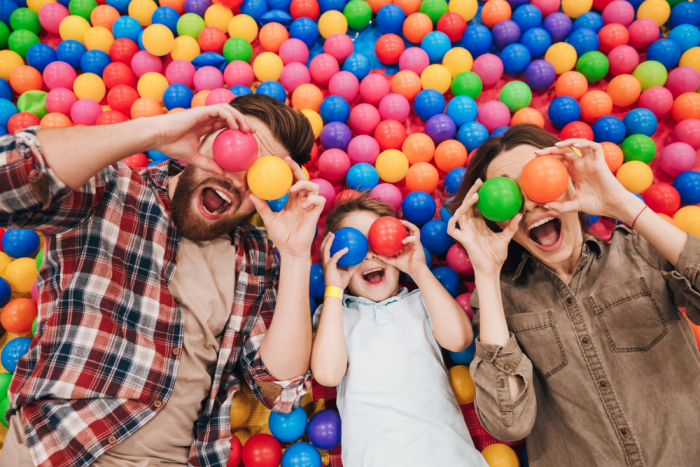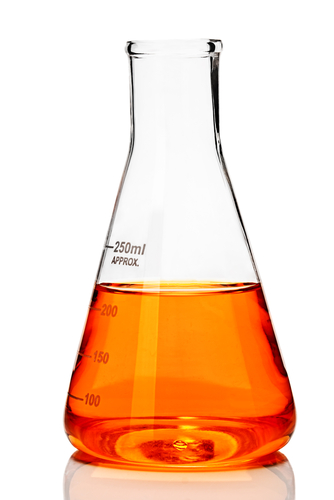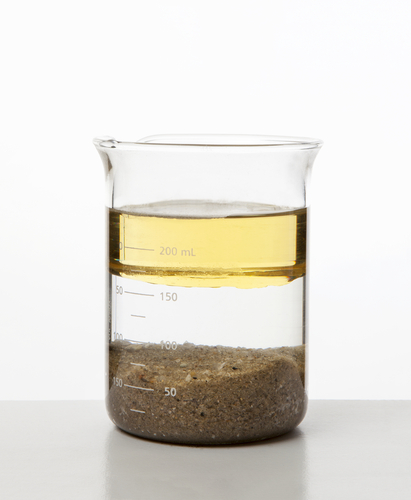A mixture contains different substances that are not chemically joined to each other.

Some mixtures can just be mixtures of solids, like a ball pool shown above. Other mixtures can be mixtures of different liquids or even gases, and some can be mixtures of solids and liquids.
Dissolving is one way to make a mixture from a solid and a liquid. Dissolving will only happen if the solid is soluble - that means it will break up into such small pieces that they completely spread out in the liquid and form a transparent solution. A transparent solution is one that you can see through - the solid is not visible. For example, when sugar is stirred into water, the sugar dissolves in the water to make sweet sugar solution.

In a solution, when a solid dissolves in a liquid, the solid particles which were held tightly together in a fixed arrangement are broken up by the liquid particles as it dissolves.
The solid substances that dissolve are called solutes and the liquids they are dissolved in are called solvents. A solute dissolved in a liquid makes a solution. In a sugar solution, sugar is the solute and water is the solvent. The particles of solute and solvent are completely mixed together - they are a now a mixture.
So we know that substances that dissolve are said to be soluble, but how about those that don't? Well, solids that do not dissolve are said to be insoluble.
Solids that are insoluble can still form mixtures with liquids. When an insoluble substance is mixed with a liquid it can either form an opaque mixture or a suspension.
In an opaque mixture, the solid has been broken up slightly when it was mixed with the liquid but not into small enough pieces to dissolve. Instead, the small pieces are suspended in the liquid and spread out making the mixture look cloudy or opaque. Milk is an example of an opaque mixture.

Suspensions are a mixture where large, insoluble particles of a solid start off suspended in a liquid, but will eventually settle to the bottom and you will see two layers - the solid at the bottom with the liquid on top, quite separate from each other.
An example of a suspension is sand in water. When it is initially stirred, the sand particles are suspended in the water. However, after some time passes, the sand will sink to the bottom.

Let's look at some examples of different mixtures in the questions now.







